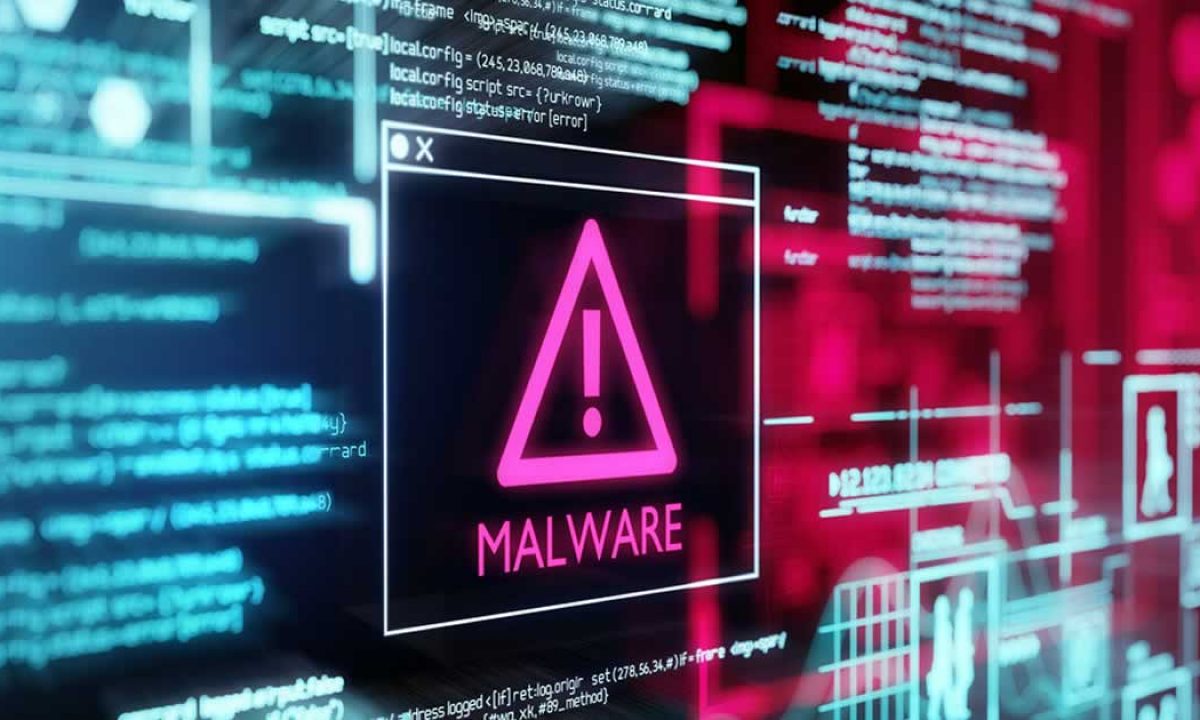Just as Russia was preparing to launch an invasion of Ukraine, Ukrainian government websites were disrupted by DDoS attacks and cybersecurity firms reported seeing what appeared to be a new piece of malware on hundreds of devices in the country.
The new malware, dubbed “HermeticWiper” by the cybersecurity community, is designed to erase infected Windows devices. The name references a digital certificate used to sign a malware sample — the certificate was issued to a Cyprus-based company called Hermetica Digital.
“At this time, we haven’t seen any legitimate files signed with this certificate. It’s possible that the attackers used a shell company or appropriated a defunct company to issue this digital certificate,” explained endpoint security firm SentinelOne, whose researchers have been analyzing the new malware.
The malware has also been analyzed by researchers at ESET and Symantec. Each of the companies has shared indicators of compromise (IoCs) associated with HermeticWiper.
ESET first spotted HermeticWiper on Wednesday afternoon (Ukraine time) and the company said hundreds of computers in Ukraine had been compromised.
ESET noted that the malware samples it observed were compiled in late December 2021, which suggests the attack might have been in the works for nearly two months.
Research conducted by the cybersecurity firm suggests that at least in one case the malware may have been delivered after attackers took control of a victim’s Active Directory server.
The wiper abuses legitimate drivers associated with an application called EaseUS Partition Master. It attempts to corrupt the master boot record (MBR) of every physical drive, as well as every partition on these drives.
This is the second destructive malware attack aimed at Ukraine in 2022. In January, threat actors defaced Ukrainian government websites and unleashed wiper malware named WhisperGate, which had been disguised as ransomware.
While the cybersecurity companies analyzing HermeticWiper have not attributed the malware to any known threat group — given the current situation — the most likely culprit is Russia. In the case of the wiper malware used in the January attacks, Ukraine said it had evidence that Russia was responsible.
You may enjoy reading, Microsoft, Apple and Google top the list of the most spoofed brands in 2021
Stay informed of the latest Cybersecurity trends, threats and developments. Sign up for RiSec Weekly Cybersecurity Newsletter Today
Remember, CyberSecurity Starts With You!
- Globally, 30,000 websites are hacked daily.
- 64% of companies worldwide have experienced at least one form of a cyber attack.
- There were 20M breached records in March 2021.
- In 2020, ransomware cases grew by 150%.
- Email is responsible for around 94% of all malware.
- Every 39 seconds, there is a new attack somewhere on the web.
- An average of around 24,000 malicious mobile apps are blocked daily on the internet.




